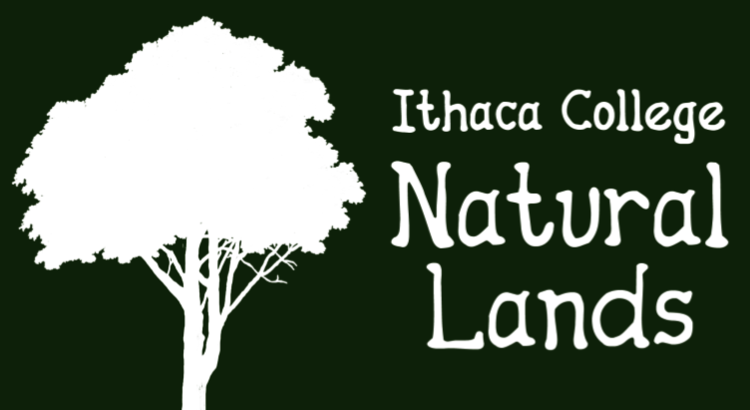Working Lands of higher education
Some of these natural areas are managed to preserve biological diversity, maintain ecological functions, or enhance ecosystem services. Most, however, serve multiple uses and are managed as “working lands.”
MANAGEMENT PRIORITIES
Education - Teaching and learning in all forms, including formal coursework and a variety of informal activities.
Preservation - Protection of biological diversity, rare species and communities, and ecosystem structure and ecological functions.
Research - Projects on natural history, ecology, land use, adaptive management, common property, and environmental governance.
Production - Activities that generate revenue from undeveloped land, primarily via markets for non-timber forest resources.
Recreation - A service we can provide to the broader community. Having fun in nature promotes work on other priorities.
Adaptation - Best practices in adaptive management build resilience.
MANAGEMENT PLAN
Each of the four ICNL reserves is managed according to a unique combination of priorities specified in a long-term adaptive management plan. Authored by students, the Student Manager, and the Faculty Manager, this document was released in 2012 (1st edition) and significantly revised in 2020 (2nd edition).

